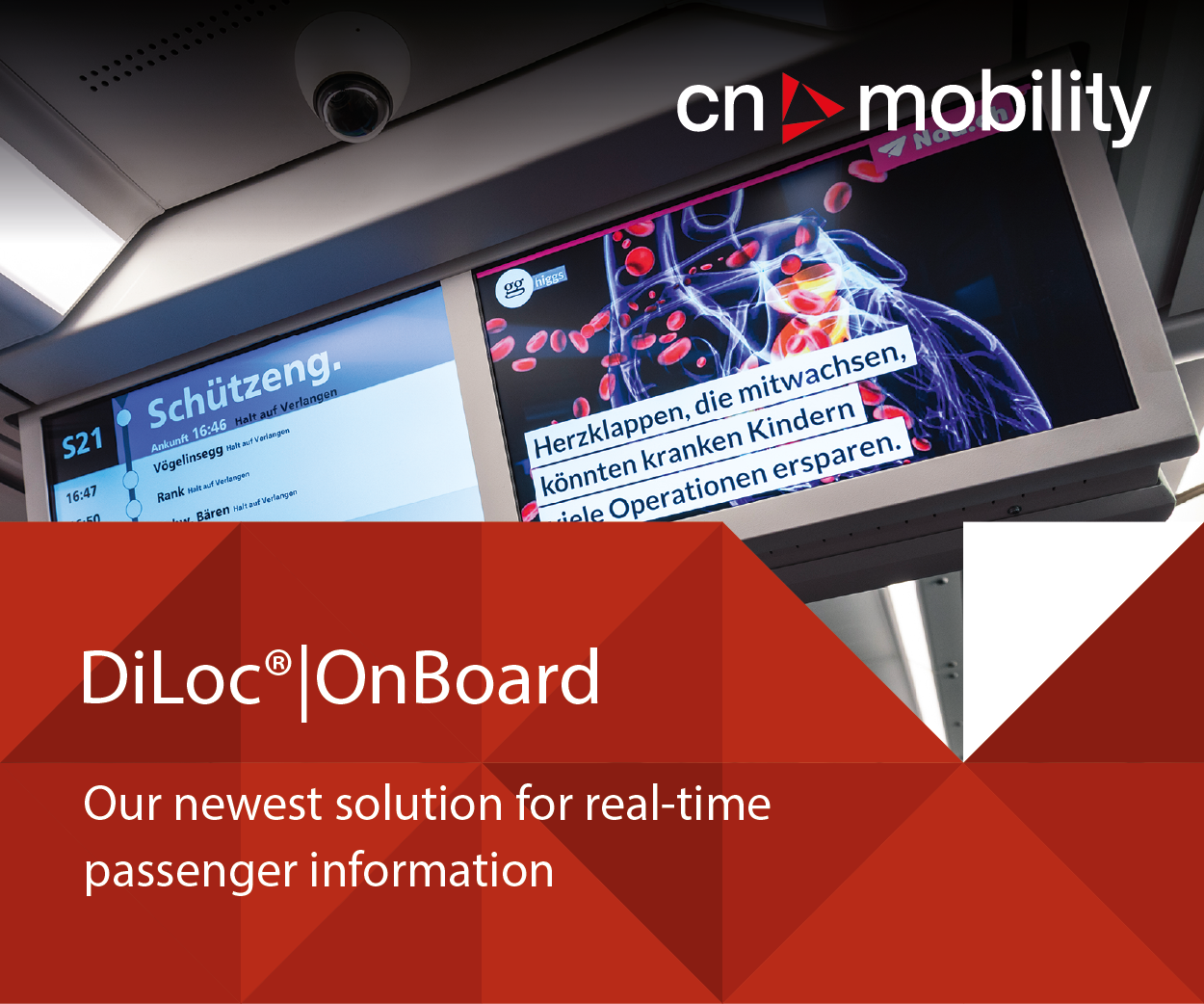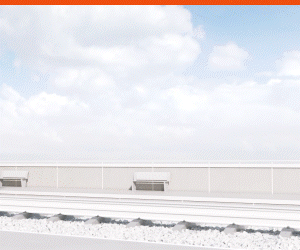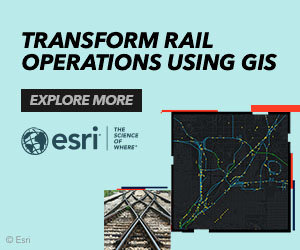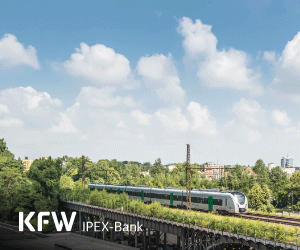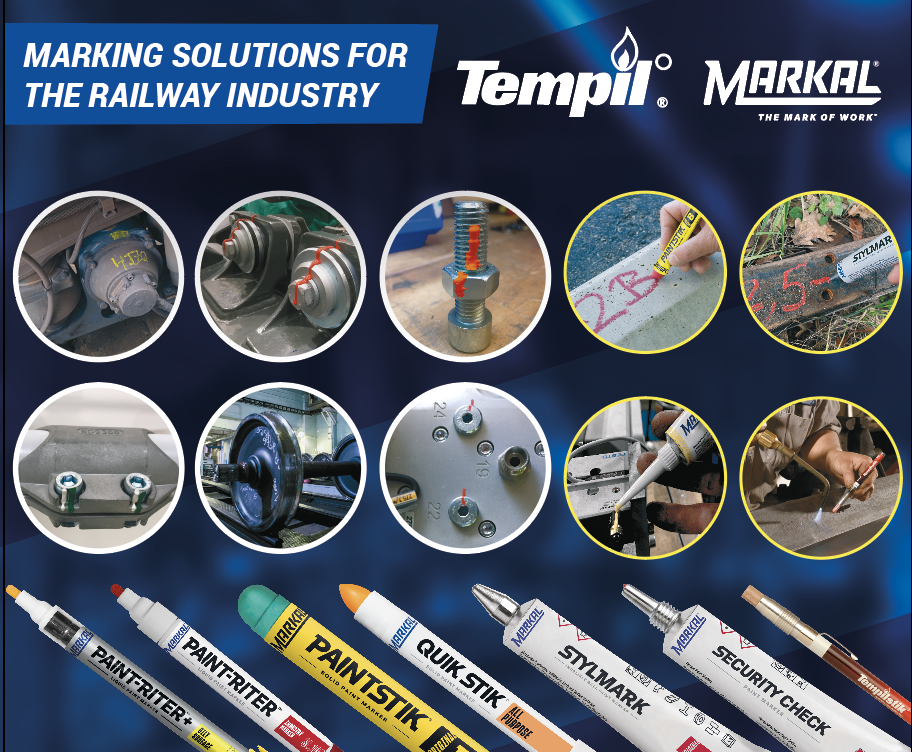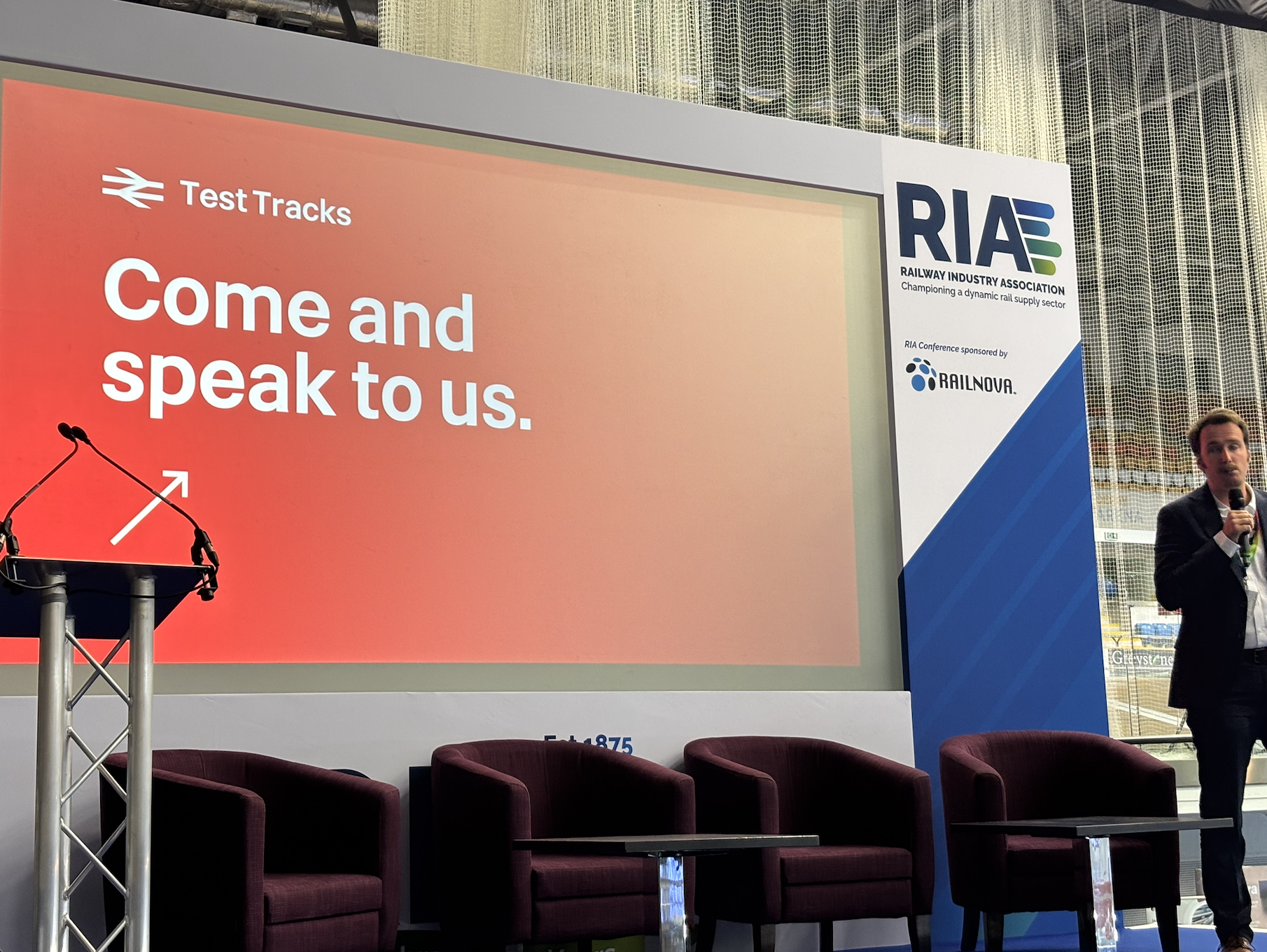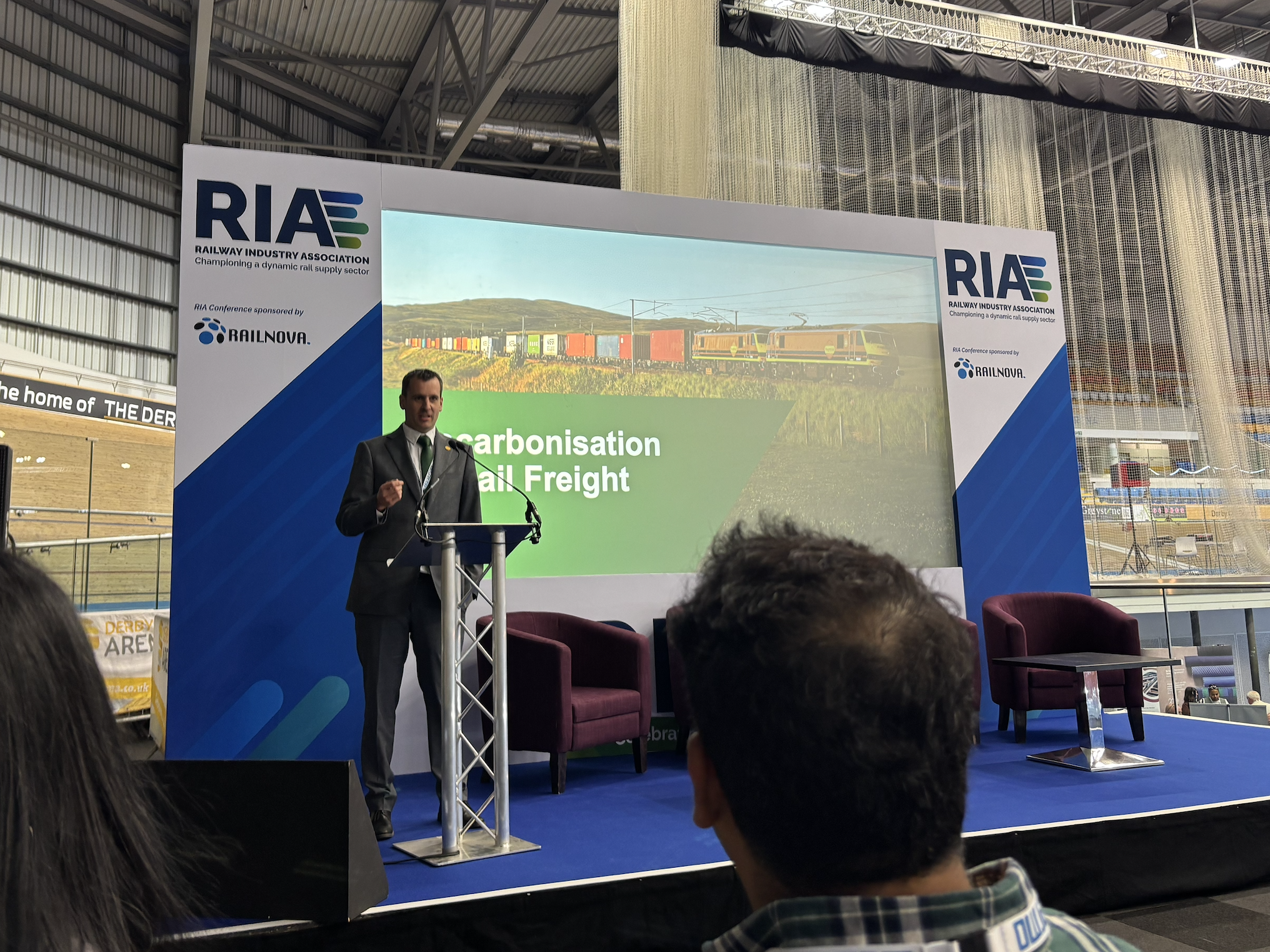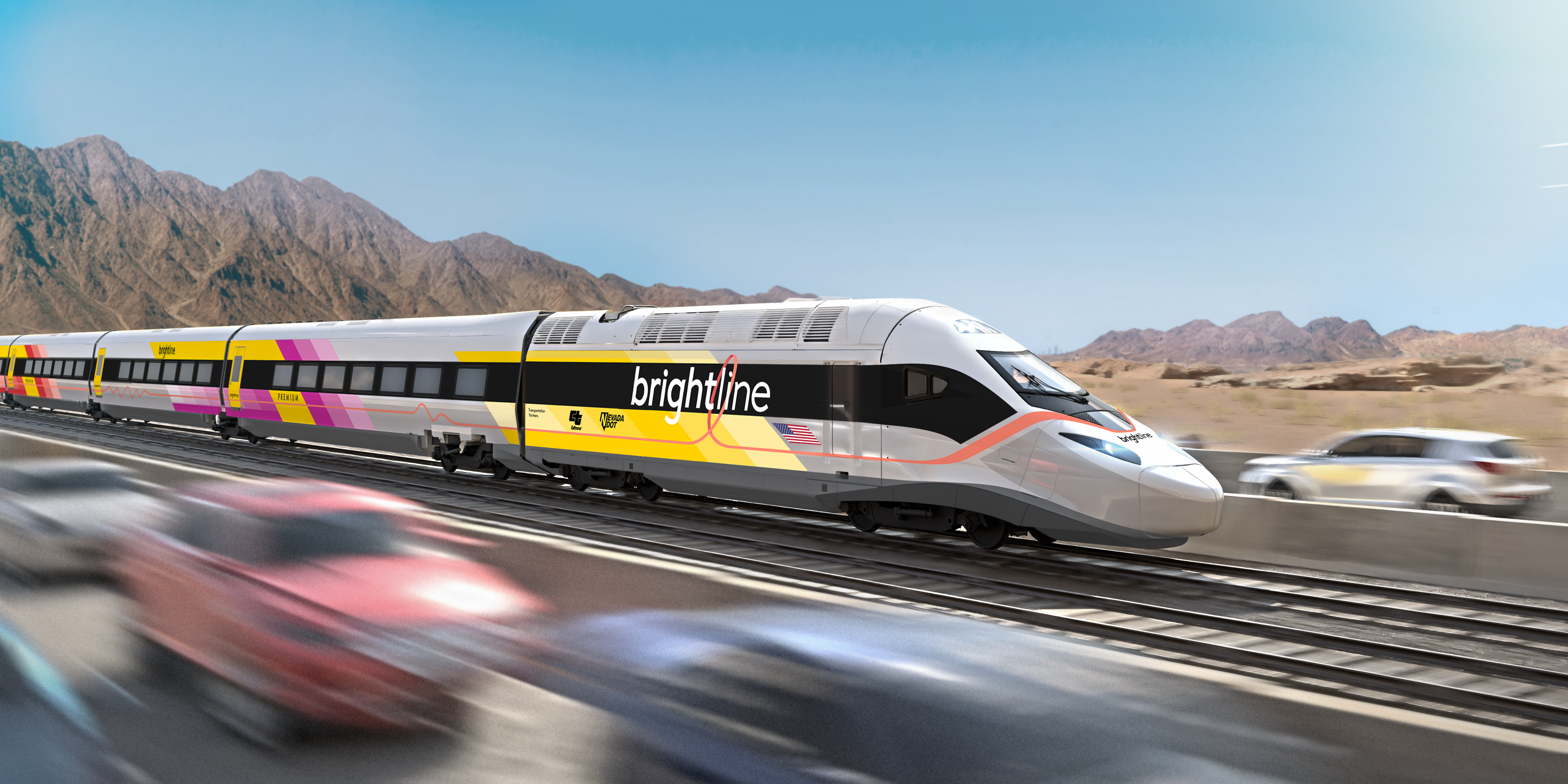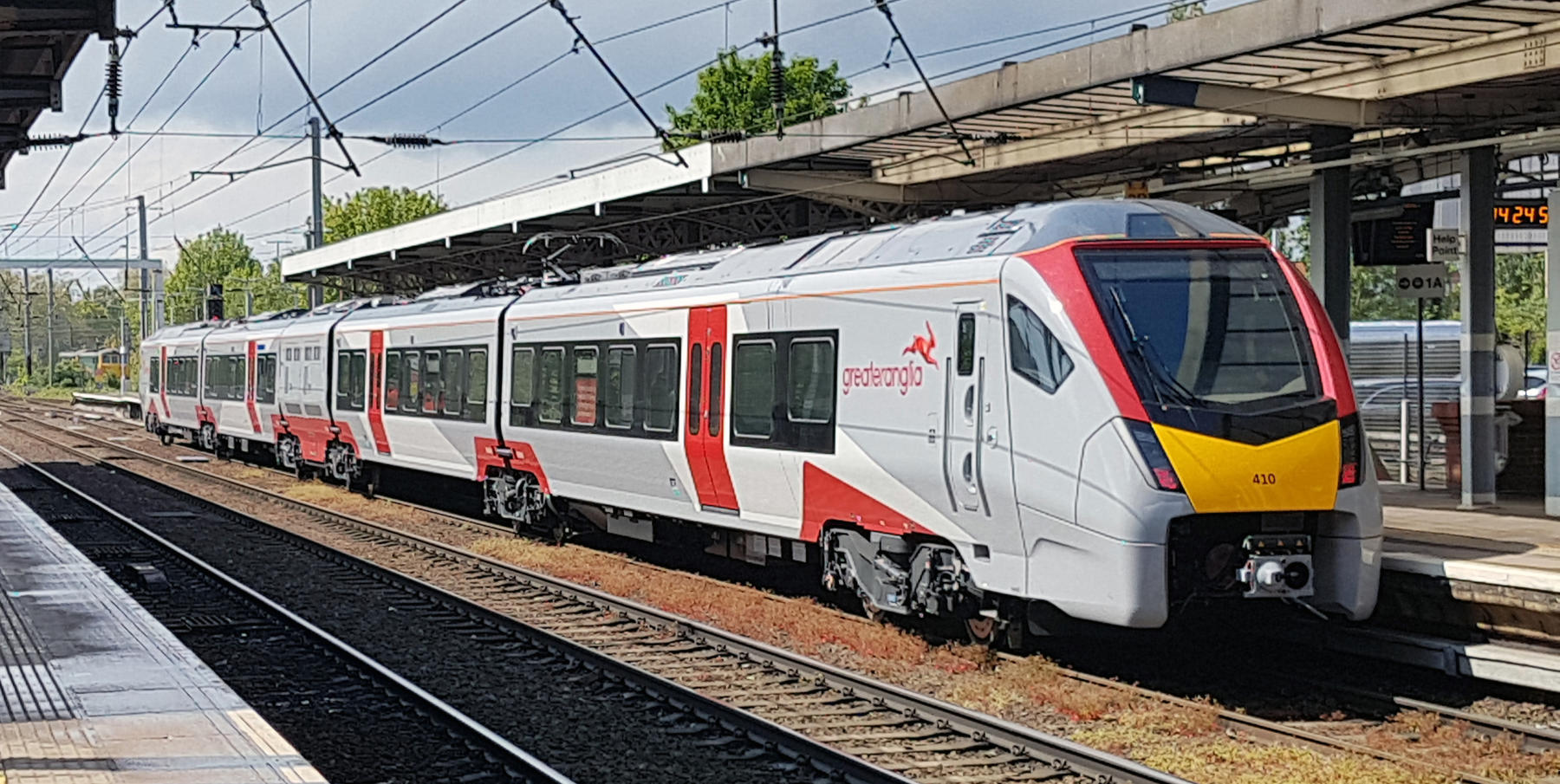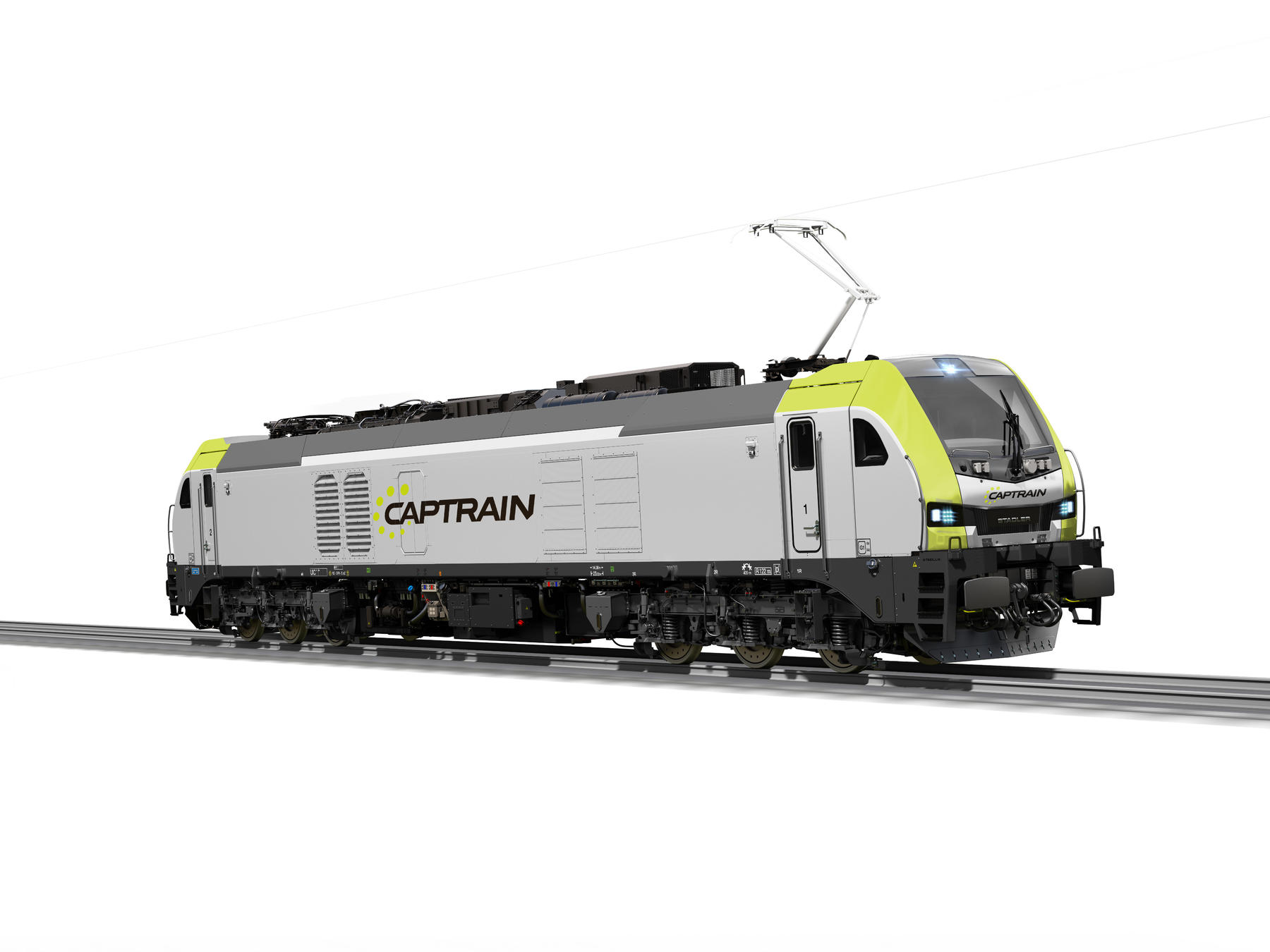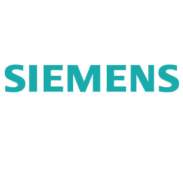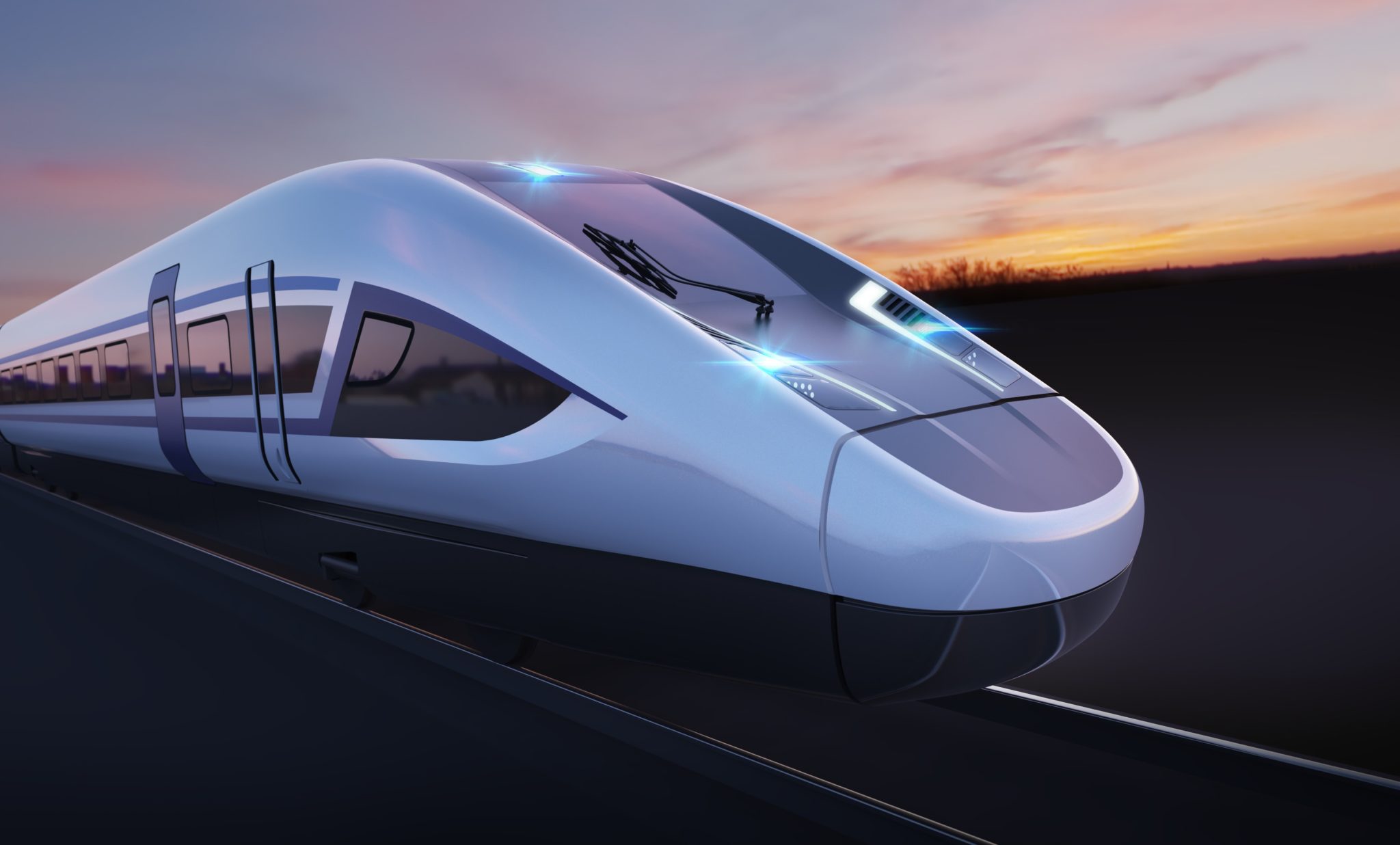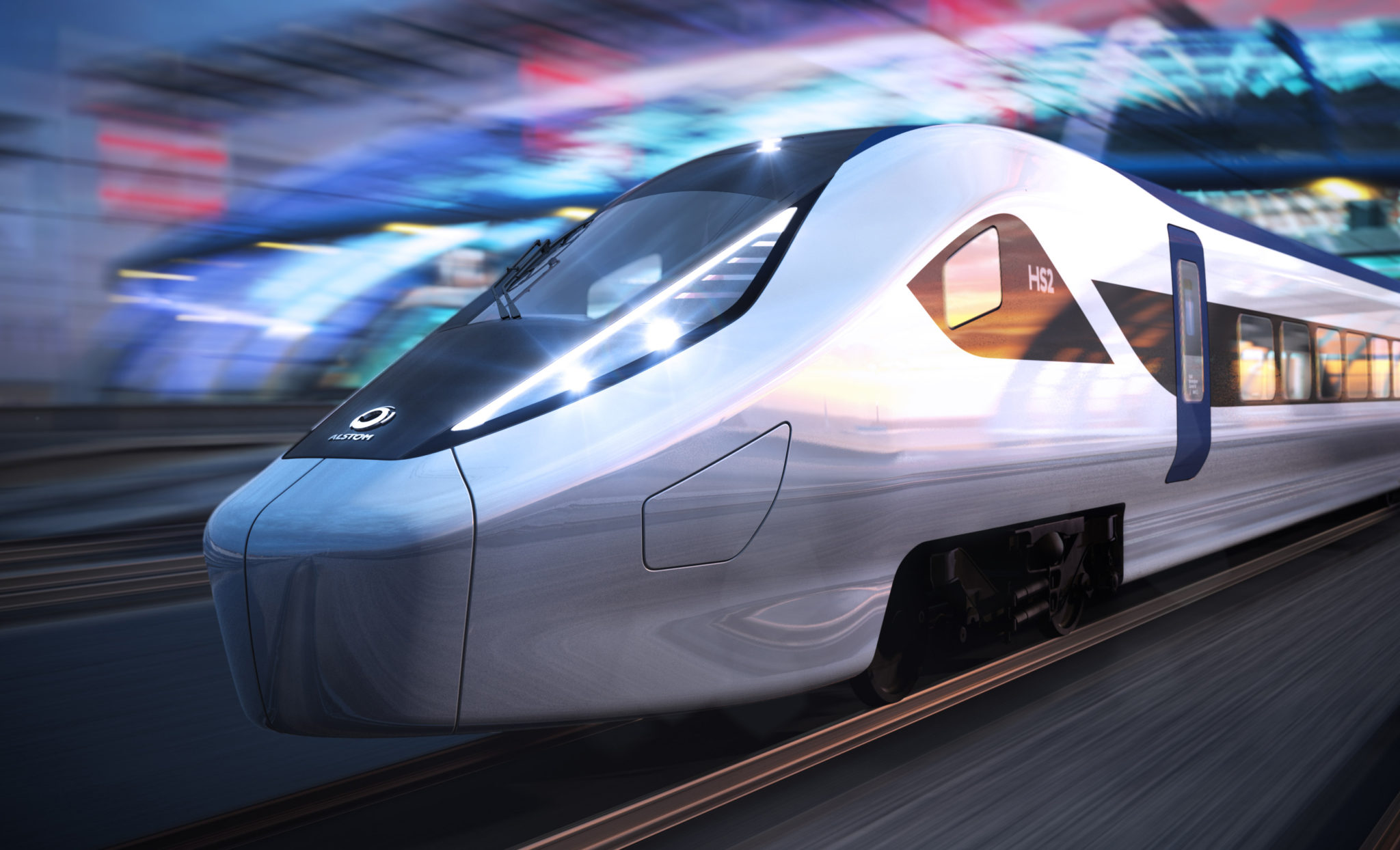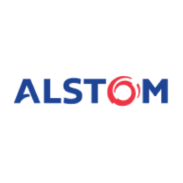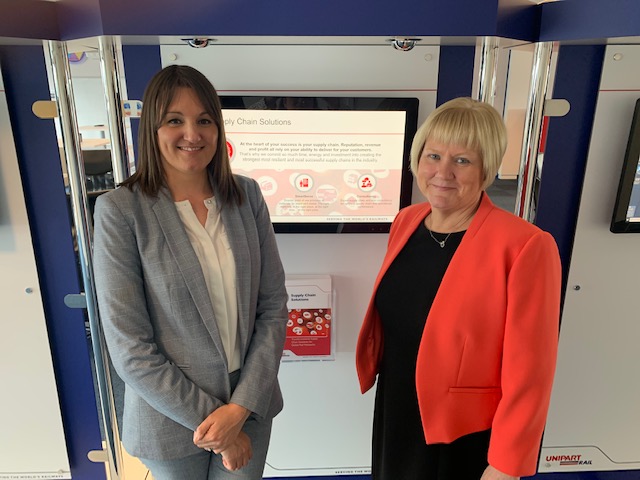On 23 June it is International Women in Engineering Day. HS2 Ltd is one of the companies in rail proactively working towards changing the employment landscape in construction and engineering.

At Railtex this year Mark Lomas, Head of Equality, Diversity & Inclusion at HS2, gave a talk entitled ‘The Shape of Things to Come’. This, for me, was the most engaging and thought-provoking moment of the show. He explained why EDI is not altruism and how companies are screening out the workforce they desperately need from the get-go:

“HS2 is a massive, massive infrastructure programme. So why is diversity important to us? I’m sure you’re familiar with the research that says diverse workforces are more innovative and the McKinsey research that says that private sector companies are more profitable.
In a very short amount of time we’re going to have a lot of people out on site. What we’ve been able to establish through our research, through our new method of embedding diversity into health and safety is: diverse sites are safer.
There are a number of critical reasons why for us, actually, a huge programme like we have presents a massive opportunity.
The first one is that a long-term programme like HS2 enables long-term change.
The first one is that a long-term programme like HS2 enables long-term change. And if we’re honest with ourselves, and we look at construction and the infrastructure industry generally, we’re about twenty years behind the curve in most areas. We look at media, or the efforts around diversity that have gone into banking, financial services etc. and they far outstrip those in construction.
The philosophy behind how we design our EDI work is quite simple. If people have done what they’ve done for the past twenty years and, bluntly, it hasn’t worked, given the time-frame that HS2 has, why would we do the same thing and expect a different result? We might as well approach things a little differently.
And I’ll talk to you about what we’d like to achieve – our goals and our measures of success. We have twenty-odd years from basically a standing start, maybe 2009–12, but if we don’t have the most diverse workforce in leadership in the infrastructure sector by the time we get to the end of the programme I don’t think we’ll have done our jobs properly. We’re well on the way there already. We want to ensure that a much broader base of skills gets into the construction industry and I’ll talk to you about why.
If we don’t have the most diverse workforce in leadership in the infrastructure sector by the time we get to the end of the programme I don’t think we’ll have done our jobs properly.
It’s not a zero-sum game with a programme like HS2 and other investment going on in infrastructure. We actually are losing the talent pool required to make this thing sustainable. So this isn’t about moving one cohort of people out to move another cohort of people in. We just need more people. And it’s a lovely situation to be in and diversity is one of the answers to that problem. It’s not a problem for companies to pick over, it’s the answer to a sustainable sector. At the moment every HS2 major contractor is well over-representing the industry in terms of diversity and inclusion, so what we’re doing so far is working.
This isn’t about moving one cohort of people out to move another cohort of people in.
The next step is really important to me. We have to deliver vastly improved levels of accessibility compared to current rail services.
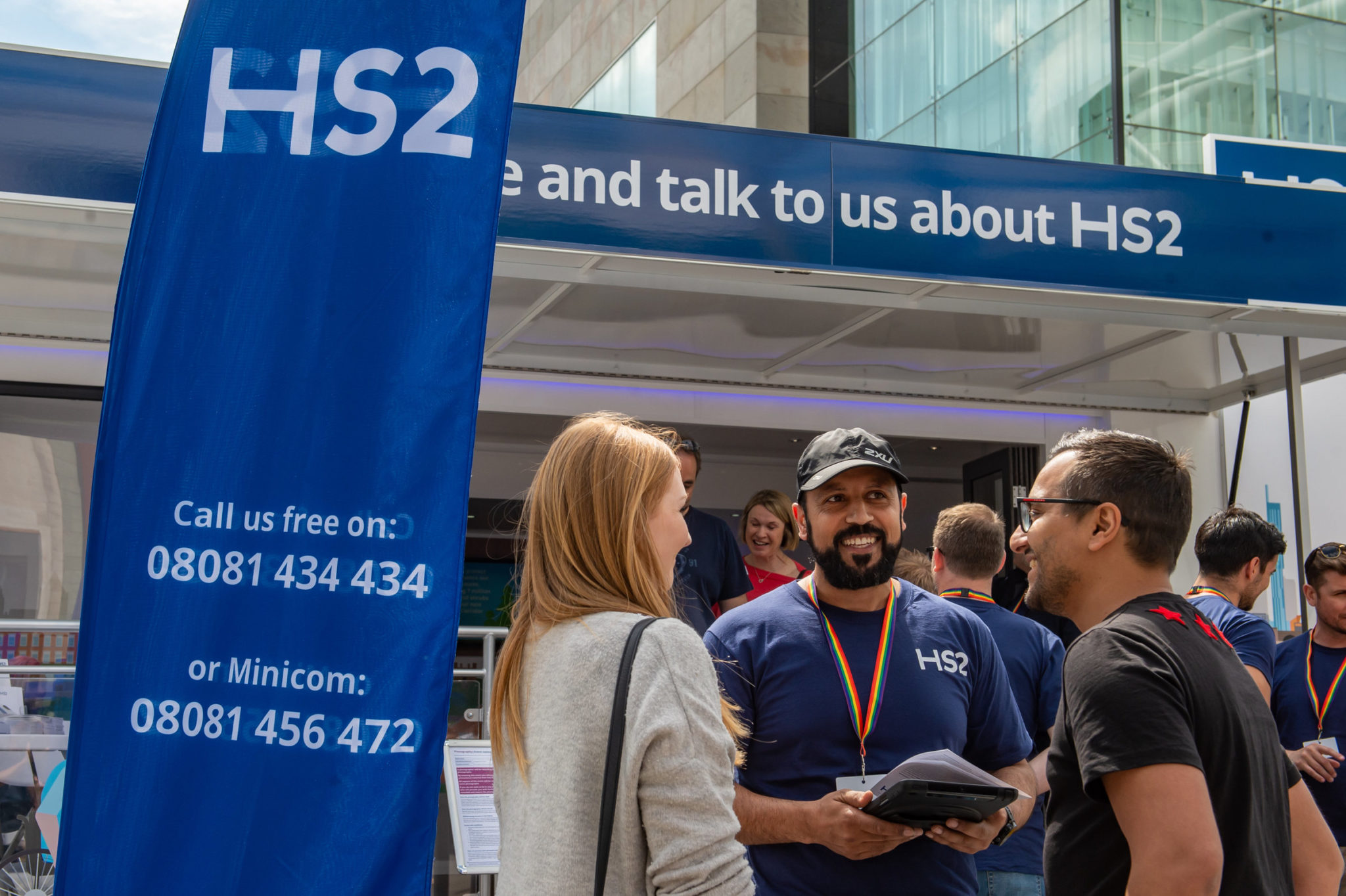
HS2’s Success Measure for Its EDI Strategy
We can’t get away from the fact that we operate in communities up and down this country. If you were born last year, or 2012–13, in actual fact, by the time the programme finishes, depending on where you live, you could have seen HS2 for the next ten, fifteen years. We’re going to be judged by those communities on how we engage them in the project. And for me that means being able to measure the business opportunities – supply chain opportunities that go into that community. That’s why we measure supplier diversity, SMEs, diverse businesses from across the programme. The programme has spent £20 million already with diverse companies up and down the UK and that will increase as the programme expands.
How we get involved in education, training and deliver employment opportunities – all of those are hugely important. And that’s the story that I’d like to be able to tell at the end of the HS2 programme: number 1 – we had the most diverse workforce in leadership; number 2 – in actual fact we broadened the skill base in construction and infrastructure significantly. You can get on an HS2 train and go around the station in an accessible and inclusive manner. And up and down this country there are communities that have benefitted in terms of education, training, business and employment. That’s the story, that’s the success measure for our EDI strategy.
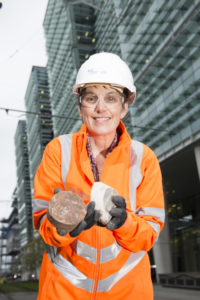
The Skills Shortage in Rail
But this is not altruism. If we look at what’s required to build a project – and at peak level there’ll be well over 30,000 people working on the HS2 programme; at the moment we have around 7,000 people working in the supply chain for the programme – but a quarter of the workforce is due to retire in 2028. That’s a big problem. Now let’s add Brexit to the mix and we don’t know what’s going to happen with that but around 13% of workers on construction sites are migrant labour. Now we’re getting upwards of 40% potential workforce disappearing. So we have to attract new groups into the industry in order to make the industry sustainable and this is where the issue of doing the same thing for the last twenty years gets us into the problems we’re in.
I presume most of you work in the industry so maybe your kids come home and say ‘I want to work in rail!’, but how many people do you know who’ve called you up and said, ‘do you know, my kid came home today and said the number one thing they want to do is work in construction or work in rail or work in infrastructure’. How many proud parents have you had go, ‘oh, so-and-so wants to be a doctor, a lawyer, a financier!’ Anybody heard that conversation ever? Exactly. So this is the problem that we are in.
Number 1: we have an ageing workforce that is going to retire in the next ten years and we’re not replacing them.
The second is, even when we do look at apprenticeships and skills, we are by no means getting to the groups that we need to. One in eight engineering occupations are women and when you look at apprenticeship numbers and conversion rates, it’s still really, really poor. So let’s have a look at why that happens. Why is it that efforts to attract groups into infrastructure and construction tend to fail?
‘The reality is, women just don’t want to work in construction’
Well, about a year and a half ago I was giving a talk and a senior leader in a construction business came up to me and said, ‘I love what you were saying and whatever, but the reality is women just don’t want to work in construction and there’s nothing that you can say that’s going to change that.’ So I thought, let’s have a go at seeing if that’s true.
We did a survey with mumsnet. And we looked at women who had left the sector or were interested in the sector and within two weeks we got over two thousand responses. The number one barrier why people didn’t want to return to the sector or why they left was that working conditions weren’t flexible enough. Now, HS2 is going to build a railway that can be seen from space. And it’s got to be accurate within millimetres. It seems a little silly to say that the best engineers in the UK can’t figure out flexible working.
HS2 is going to build a railway that can be seen from space. And it’s got to be accurate within millimetres. It seems a little silly to say that the best engineers in the UK can’t figure out flexible working.
It doesn’t seem like that’s too difficult. Construction sites work on shifts. And yet we can’t change the industry to accommodate better flexible patterns. Doesn’t make sense. HS2 has already changed both the way we procure consultancy service contracts and the hourly requirements embedded into contracts to enable more flexible working. We have that on-going at the moment.
But it’s industry standard to have contracts that say you cannot get paid if you don’t work at a nominated office, regardless of the agile technology we have. So there’s no point in inviting diverse groups into the industry to screen them out. And then we get to some of the other things that we’ve seen.
Who knows the Spanish word for ‘bridge’? El puente. It’s a masculine word. Who knows the German word for ‘bridge’? Die Brücke. It’s feminine. And researchers asked a thousand Spanish people and a thousand German people to describe the bridge. The Spanish said, ‘strong, sturdy, resilient, copes under pressure’. And the Germans said, ‘sleek, elegant, beautiful, curvy’. All the same kind of words.
Download some job descriptions from your website and have a look at the language in them and then delete everything that’s not an adjective. And what you will get is a personality-related descriptor. ‘Strong, outgoing, ambitious, drive, determined’ – actually very little about objective skills. These sorts of things create an image in the mind of the person looking at the job and the person doing the selection.
https://www.youtube.com/watch?v=HJEQ1sTXLo0&feature=youtu.be
Changing Recruitment Strategies
My first day at HS2 when I looked and we were having trouble recruiting community engagement people, I said, let’s have a look at what we’re asking. Number 1 criteria: ‘must be educated to degree level’. In what? Home-baking? Microbiology? What? It’s so broad, it’s meaningless. I thought we wanted people who could talk to the community.
The second: ‘must have experience in the transport or infrastructure sector’. Well if you know anything about the sector, there are only about 13–17% women in the sector, so there went one diverse group, only 6–9% BAME groups, so there went that diverse group. Only 2% disabled people, so there went that diverse group. And yet, we wanted people to talk to the community and nowhere were we assessing them on knowledge of that community. So failing at the first hurdle is something that organisations around the sector are very good at.
If your recruitment website has not been tested for accessibility, it’s not accessible. And therefore you’re cutting out a whole swathe of people who can’t even get to the starting line. And then we get CV-based selection. No research in the world shows that CV-based selection in an objective measure of selection.
DWP sent out over a thousand applications for 3,000 jobs in 2009 and to cut a long story short, if your name was a little different, you had a much lower chance of success. For an English name it was 1 in 9, African or Asian it was 1 in 16. So we have been piloting a type of recruitment called blind auditioning. And that removes CVs and application forms entirely and replaces it with an anonymous test.
When we introduced this form of recruitment, success rates for women in shortlisting jumped 20% minimum. BAME groups by 20% minimum, disabled groups by 15% minimum. Why? Because it is competency and skill-based selection. And we’re testing that. So if you get into the interview room it’s because you’re competent to do the job. I don’t know how many of you have seen on how many CVs in the sector people ‘delivered Crossrail’. But I’ve seen so many CVs saying people ‘delivered Crossrail’ single-handedly, it led me to believe CVs can be embellished somewhat.
If we were looking at it as an engineering problem, you would look at the point of failure and you would change the point of failure. Instead of changing the point of failure, people seem obsessed with trying to change the people.
We also take this approach with our early years. And we’ve replaced CVs and applications with situational judgement testing in a blended assessment centre. And it’s no mistake that our apprenticeship programme is really a diverse group. 35% BAME, 40% women in a sector where, remember, 1 in 8 as a whole is the best that we do. Why? Because you don’t need to chase down people endlessly. There are those who are interested. But once they’re interested, we screen them out.
If we were looking at it as an engineering problem, you would look at the point of failure and you would change the point of failure. Instead of changing the point of failure, people seem obsessed with trying to change the people. And that’s never going to work. It’s not worked for 20 years. It’s a failed approach. You wouldn’t take a failed approach over and over and over again in engineering.
Inclusion by Design
We’ve run over 1,000 experiments this year alone on the platform-train interface and how people independently can get on and off trains. Now, actually, there is really poor data for disabled travellers because it in the main relies on assistance being booked. What happens to the business case for disabled people around the UK and for business based around HS2 stations when the train and station environment is accessible and millions more disabled people can travel around the UK easily and access employment opportunities? Well, let’s have a look at a piece of design [passenger seat information signs]. What happens if you can’t see? Woops. Design failure. Why? Because actually, the people you tested the design with wasn’t broad enough.
That kind of issue we don’t really want to have. That’s why we have a built environment accessibility plan and a customer plan. People all across the UK, with different abilities, disabilities help us test designs. Interestingly enough, in my research I wasn’t able to find one train operating company around the world that has a packaged solution for this simple thing, which is a visually impaired person being able to find their reserved seat on a train. I’d love to know if there is. But I haven’t found one yet.
Why Language Matters
Which then brings us to talking to people in the language that they want to be spoken to. We spent a long time trying to figure out why diversity in construction fails and so we went to the construction site and we talked to operatives and we talked to construction managers, who were very polite but also very rude about diversity. They thought it was all the HR police etc. But in our conversations we did manage to identify that what they cared about was safety. And actually, we’ve come up with a methodology of hiding diversity in health and safety. Both in the languages, the practices and the assurance measures. Which means we’re able to talk effectively with people who are on a construction site about diversity and inclusion.
For example, the safety briefing: in English. Well, if you know how construction sites work, the person who’s best with English for this group translates. In fact, on another high-profile programme there was someone who was killed precisely because of that. They went into the wrong area and were killed. Well actually, that’s about your inclusive health and safety practices. We’ve identified those key risks across construction and with our early works contractors and now our main works contractors we’re putting in a new method of implementing diversity at a construction site level. Early findings are very good but we have much more to do.
Community Engagement
Which brings us on to how we engage with communities. We tend to have the ability to make language translations but we also use a form of communication called ‘easy read’. Easy read was designed for people with learning difficulties but in fact it’s a fantastic way of getting across a message really quickly. A picture accompanied by a simple texts which makes the point. And we find that a load of people like to interact with our easy-read communications.
We’re getting more and more sophisticated with how we talk to our communities. We created digital tools which at the touch of a button can tell you everything from internet usage in a local authority area to socio-economic bandings to religious demographic make-up. So our teams can engage with people in the way people need them to be engaged.
Diversity is not political correctness, it is the solution to the talent problem facing our sector.
That’s just a quick tour through why diversity is important to us as a programme. And we can see it happening. Less than 2.5 years into the programme a majority of our Tier 1 contractors have achieved their EDI accreditations. And I firmly believe HS2 will be the first infrastructure programme in the world to have a Tier 1 construction supply chain which is fully EDI-accredited. We’re winning awards for the way we’re inventing new methods of practice.
But this is only the beginning. As the programme expands, we will get more innovation through SMEs, more innovation through understanding. And at the moment all HS2 contracts are outperforming industry averages in terms of diversity and inclusion. But this is just the start for us. We have another 17 years in which to help the industry fundamentally change the way it practises diversity and inclusion. So I’ll leave you with a quote by another Mark: ‘Diversity is not political correctness, it is the solution to the talent problem facing our sector. And it is the shape of things to come.’”
Also read:
- UK: Alstom Reveals Its Design for HS2 Trains
- Bombardier and Hitachi Reveal HS2 Train Design
- Siemens Mobility Joins Competition to Win HS2 Bid
- International Women’s Day 2019: #BalanceforBetter

